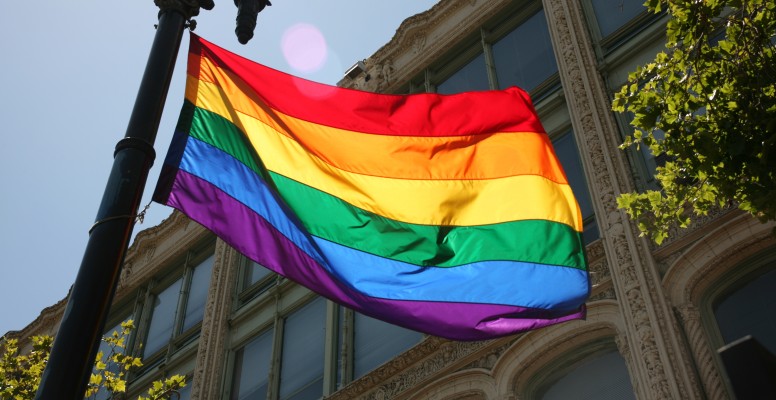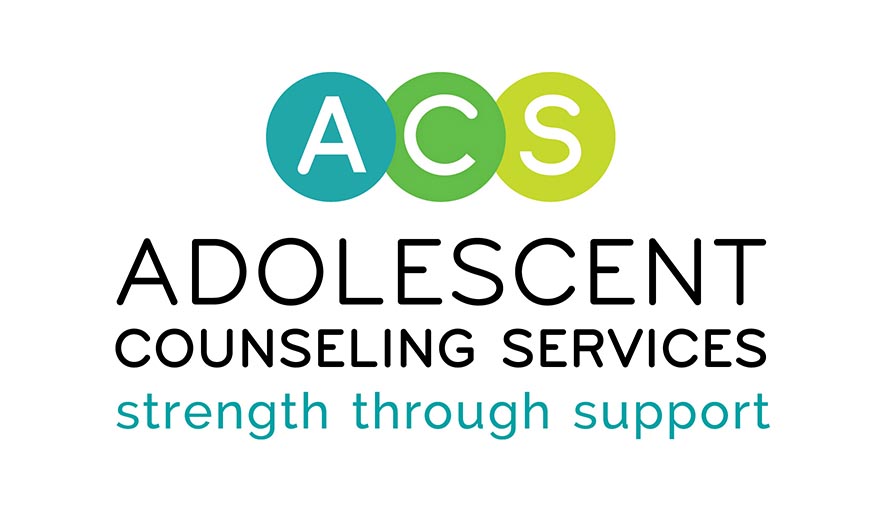
Substance Abuse in the LGBTQQ+ Community
Written By: Dafne Luna, Outlet Program Coordinator
The use of recreational drugs and alcohol in this community is incredibly widespread and, unfortunately, is sometimes encouraged as a cultural norm. For many queer and trans* youth, drinking is almost a rite of passage into Queer culture. There are very few places, meetups, and activities where large groups of LGBTQQ+ people can come together that do not revolve around drinking. When looking at major, well-known Pride celebrations in San Francisco, Long Beach, and West Hollywood, the central sponsors are usually major alcohol companies like Bud Light, Smirnoff, CIROC, and Stella Artois. This type of large scale sponsorship encourages the idea that in order to be authentically Queer or Trans* in public, you have to be under the influence. Additionally, the types of places normally available for LGBTQQ+ folks to mingle and meet organically is in a bar or club setting. There are very few LGBTQQ+ owned establishments beyond bars that encourage a natural gathering space for the community. Yes, there are a handful of bookstores, restaurants, and a cafe or two for community engagement opportunities. However, it is unrealistic to believe that these spaces are enough to meet other folks like yourself.
As a queer person who has been out for about 10 years, I have found ways to create a community with other LGBTQQ+ people that is not focused on drinking. But, I have the privilege of accessing and creating sober spaces. Through my work at the Outlet program, I have resources, access to like-minded people, strong advocacy and boundary setting skills, and am generally more secure in myself. But, for LGBTQQ+ youth and those who are new to the community (ie: they just recently came out), meeting other folks like themselves outside of controlled spaces like Outlet and Gay Straight Alliance Clubs can be very difficult. The easiest and most accessible way is through the bar and club scene. Which leads to the question, why are these seemingly the only places we can meet each other?
As a society, we have become a much better place for the LGBTQQ+ population to be their authentic selves in public, but the reality of discrimination, harassment, bullying, and assault are still very real. When out in public spaces like grocery stores, restaurants, parks, or malls, it is not always apparent that certain people identify as a part of the LGBTQQ+ community. Some are not always so open about their queerness or gender truth, or simply want to keep their private lives private. There is also that ‘unspoken aspect’ that until proven otherwise, everyone is assumed to be straight. So it can be difficult to naturally meet other LGBTQQ+ people out in the world just because it’s hard to see each other. This sets up a foundation for LGBTQQ+ community spaces to revolve around alcohol, since those environments make it easier to meet and interact with each other.
Alcohol and drug use can be very easy ways to cope and break down the inhibitions that come with trying to live as one’s authentic self. So it is not surprising that alcohol and drug use can be an integral part of queer culture. Substance abuse in the LGBTQQ+ community is an issue that is not widely studied because of the funding available for this type of research, and in general, it is a tough community to access on a large scale. In the small amount of research that has been done by the CDC they’ve found that “gay and bisexual men, lesbian, and transgender individuals are more likely to: use alcohol and drugs, have higher rates of substance abuse, and continue heavy drinking into later life.” In line with the findings of the CDC, similar research has found that alcohol and drug use in the community has been used as a tool to cope with homophobia, discrimination, and violence due to sexual orientation and gender identity. Therefore, it is no surprise that in this vulnerable community substance abuse is a major problem, and one of the only tools available to meet other LGBTQQ+ people.
While research to this trend is new, studies like the CDC’s confirm the prevalence of this issue and show us that more must be done to combat the stigma that still comes with the LGBTQQ+ community.
Learn more about how you can be an ally to the LGBTQQ+ community.
Resources:
http://www.glsen.org/article/gender-identity-bullying-and-substance-use
